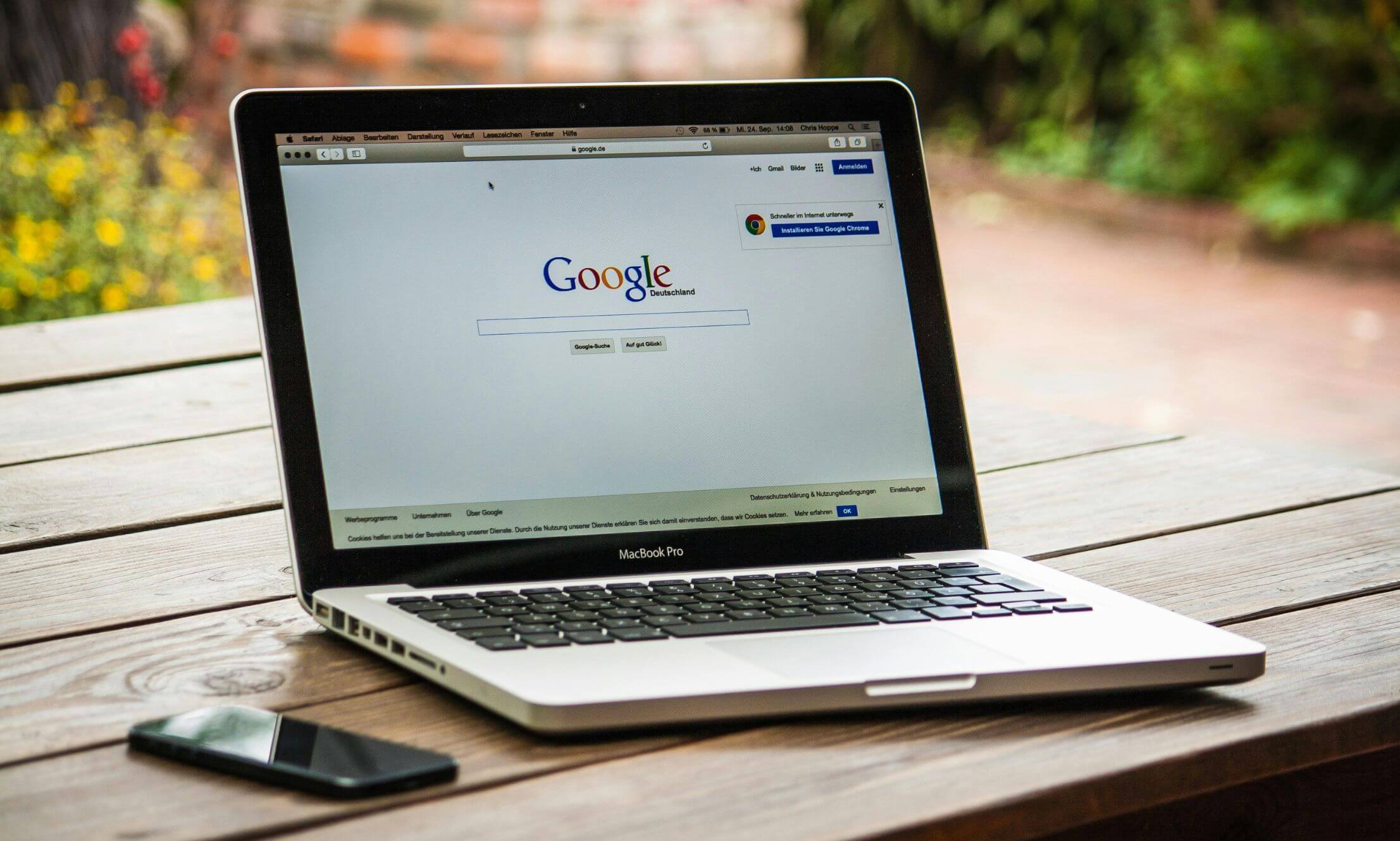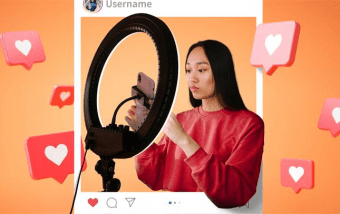What Does ML Mean In Text? Decoding The Social Media Lingo
Nov 28, 2025

Nov 28, 2025

Nov 28, 2025

Nov 28, 2025

Nov 28, 2025

Nov 27, 2025

Nov 27, 2025

Nov 26, 2025

Nov 26, 2025
Sorry, but nothing matched your search "". Please try again with some different keywords.


I know that there has been intense firefighting since the Google update of 2024. We had to relearn a lot of things, while some basics remained as effective as ever.
So, what are the best on-page SEO practices we follow? How did we manage to bring traction to our site when the traffic hit rock bottom?
Here’s a story for the beginners.
On-page SEO is one of the most important factors that is supposed to be fixed when it comes to improving the search ranking of any page.
It is important to understand that one may not always be able to afford things like advertising. It remains important to make sure that the initial growth happens through organic means. In such a scenario, ranking can be achieved organically through on-page SEO.
On-page SEO is the superstructure on which the entire structure of SEO is based. When someone optimises their page appropriately, they make their site more accessible to search engines.
It makes sites more accessible and ensures that visitors have a convenient experience.

I find these tried-and-tested on-page SEO techniques most useful. I mean, as a senior member in a digital marketing setup, I was taking care of around 20 websites.
Some of them had around 1M traffic and then hit the Google Update like a ballistic missile. It was like an apocalypse with 1M becoming 0 in seconds.
We toiled for around 9 months and finally started seeing positive traction in January 2025.
So, as my team and I could prove, sticking to the basics has no alternative.
Optimising your title tag is crucial in how search engines and users interpret and perceive a particular page.
The satisfaction of the reader, as well as the web crawlers, is crucial to ensure that the search engine gets displayed in search results and also provides a preview of the page.
When done correctly the title tag placys a crucial role to get a click through as it is the cover of a book and always has to be interesting and relevant.
To get the most out of your title tag, including the focus keyword in the beginning is essential. This signals to search engines that the content is relevant to the search result, which helps in ranking the page.
A clear and concise title within 69 characters is always preferred as it increases the chances of ranking and ensures that the page is visually appealing to potential viewers.
It is also important to make sure that all the keywords are not stuffed together. A simple, well-crafted title is more effective.
For example, if you’re targeting a keyword like “best SEO services,” a title like “Best SEO Services for 2025: Boost Your Rankings Today” will grab attention and encourage clicks.
To make the most of the title tags and other on-page elements, it is crucial to have a proper strategy in place by hiring an SEO Consultation Service.
Header tags are one of the most crucial elements of a well-structured webpage. These HTML elements (H1 to H6) help to organise the content and define the relationship between different sections of the page.
The H1 tag is used for your main title, while H2 and H3 tags are reserved for subheadings and sections, respectively. This hierarchy makes it easier for both search engines and users to navigate your content.
Using header tags properly is one of the vital things that can be done to provide the search engines a clearer understanding of the structure of the content.Which in turn helps in ranking the content?
This improves the user experience and helps readers to quickly find relevant information, making the page more user-friendly.
Optimising header tags, start with an H1 Tag for the main title, then H2 can be used for the subheading, while H3 tags are crucial for detailed information, where it is used for subsections.
It is important to make sure that the target keyword is mentioned in the header, where it fits quite naturally. It’s important to maintain a clear structure and skip any steps in between.
For example, if you have an image of a wooden fence, describing it as “high-quality wooden fence in a suburban backyard” is both useful and keyword-rich.
Search engines cannot perceive images the way human beings do. All texts, or the alternative texts, provide a description of an image.
This allows the search engines to understand what the image represents. It also plays a crucial role in making your site more accessible to people who use screen readers due to visual impairments.
Google prioritises accessibility. It considers proper alt text when determining ranking andit can be a great place to incorporate keywords naturally.
Moreover, it is important for the alt text to remain relevant to the image.
With Google’s mobile-first indexing, the mobile version of your website is now the most important for rankings.
If your site isn’t optimized for mobile, it may struggle to show up in search results, even if your desktop version is well-optimized.
The key to mobile optimization is responsive design. This ensures your website automatically adjusts to fit different screen sizes, whether it’s a smartphone, tablet, or desktop.
Also, avoid using intrusive pop-ups, especially on mobile, as they can frustrate users and lead them to leave your site.
Think of your website as a series of connected rooms.
Without clear pathways, visitors and search engines may struggle to find important content. Internal linking serves as those pathways, helping users and search engines easily navigate through your site to discover more relevant pages.
For search engines, internal links are key in ensuring all your pages are discoverable.
They allow Google to crawl your content more efficiently, reaching deeper pages, like older blog posts, that might otherwise go unnoticed.
I also write content, but I have seen many writers just creating a curation of words. Content writing is about offering value that resonates with your audience and meets their needs.
Google’s algorithms are designed to evaluate content based on its relevance to search queries, user engagement, and how well it follows SEO best practices.
The focus should be on E-E-A-T:
Why does this matter? Well, search engines favor content that provides real value. When your content is informative, relevant, and engaging, it’s more likely to rank higher, attract backlinks, and generate traffic.
Barsha is a seasoned digital marketing writer with a focus on SEO, content marketing, and conversion-driven copy. With 7 years of experience in crafting high-performing content for startups, agencies, and established brands, Barsha brings strategic insight and storytelling together to drive online growth. When not writing, Barsha spends time obsessing over conspiracy theories, the latest Google algorithm changes, and content trends.
View all Posts
What Does ML Mean In Text? Decoding The Soc...
Nov 28, 2025
What Does DTM Mean In Text? One Acronym, Mu...
Nov 28, 2025
What Does HY Mean In Text? Deciphering Its ...
Nov 28, 2025
Is PeopleLooker Legit? Finding Public Backg...
Nov 28, 2025
Longest Snapchat Streaks: How To Trend With Y...
Nov 27, 2025

